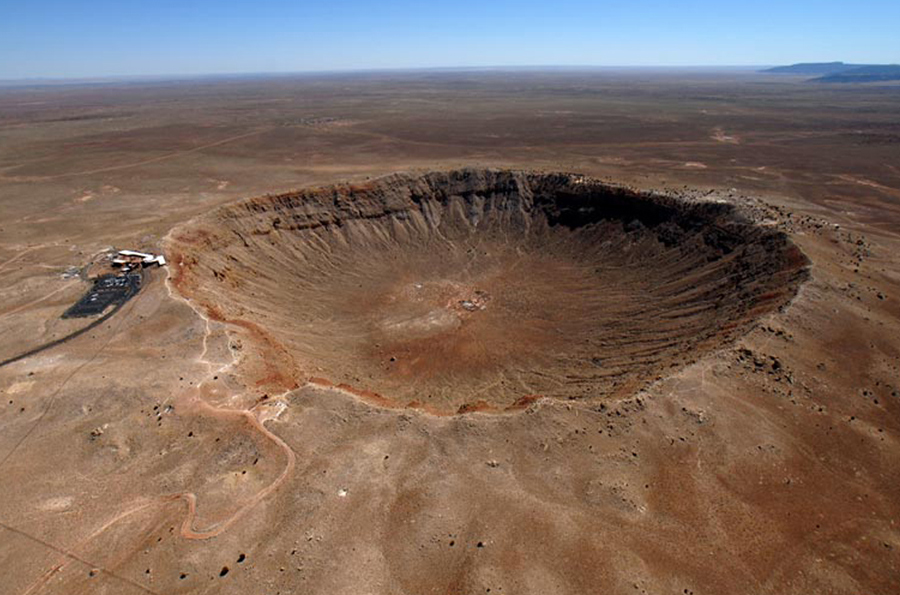
#1. Moissanite Came from a Meteor!
Moissanite was first discovered in Arizona in 1893 by Noble Prize winning French scientist Henri Moissan. His first sample of Moissanite (named after himself) was found inside of a meteorite crater. While he initially thought he had found a diamond, he took his sample to the lab and discovered it was silicon carbide. Moissanite was born.
#2. Moissanite is More Brilliant than Diamonds!
The ability of a gemstone to reflect white light is known as its brilliance. How much light a gem reflects is its Refractive Index (RI). Moissanite is unique from diamonds because it reflects more light. Moissanite is also less likely to attract dirt and grime than a diamond and stays more brilliant between cleanings.
#3. Moissanite has Superior Heat Resistance.
Moissanite has heat resistance properties superior to many other jewels, offering the following distinct advantages for using Moissanite in fine jewellery:
#4. Moissanite is Harder than Sapphires and Rubies
Stones are measured by hardness because the harder they are, the more difficult they are to scratch. Moissanite loose stones have a rating of 9.25 on the Mohs hardness scale.
#5. Naturally Occurring Moissanite is Rarer than Diamonds.
Moissanite is rarer than diamonds. Rarity is the availability or perceived availability of a jewel.
Moissanite is by far the rarest jewel on earth.
Naturally occurring quantities of Moissanite are so minute, they are not suitable for use in jewellery. After a century of research, only a few companies in the world are capable of growing Moissanite crystals suitable for use as a precious jewel. Still, the process is so complex, that it is as much an art as a science.
